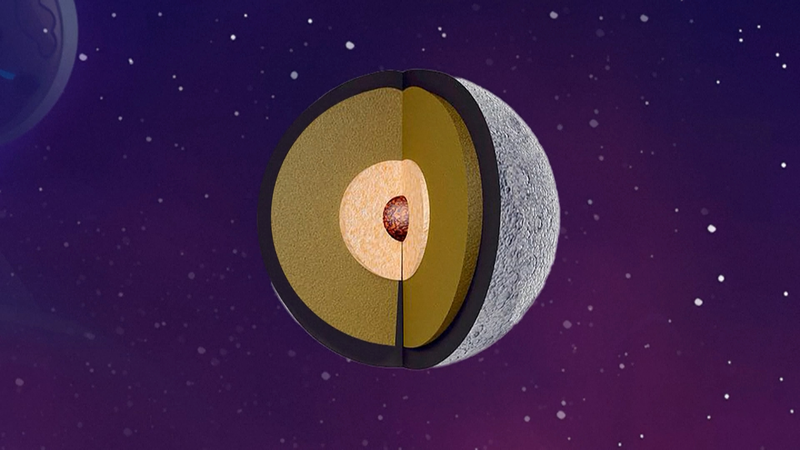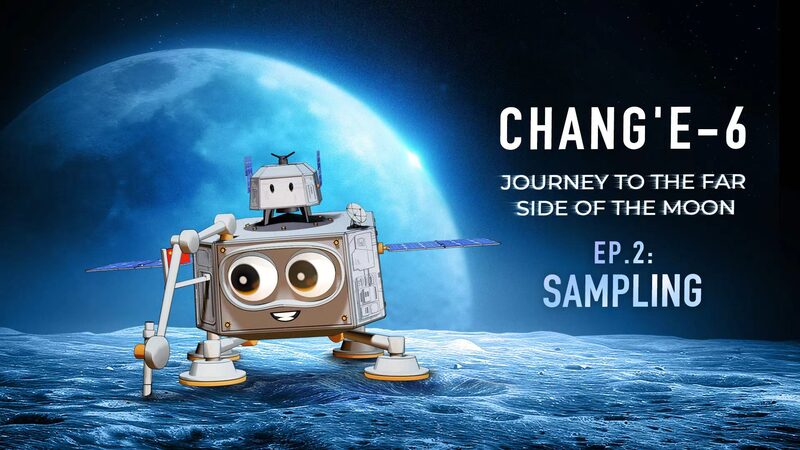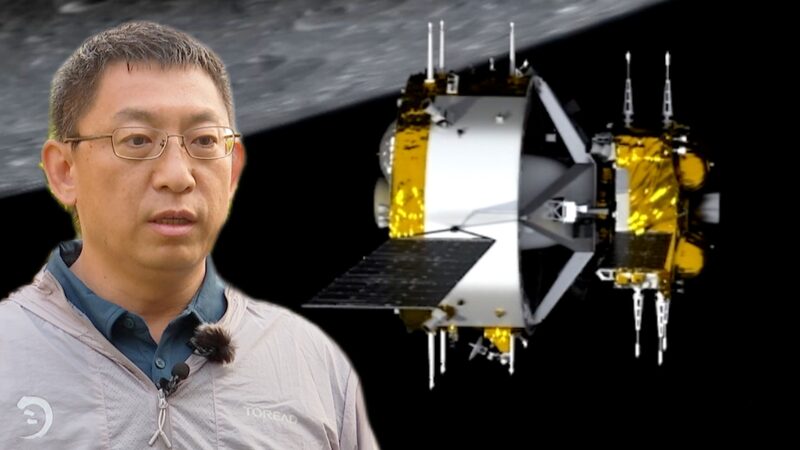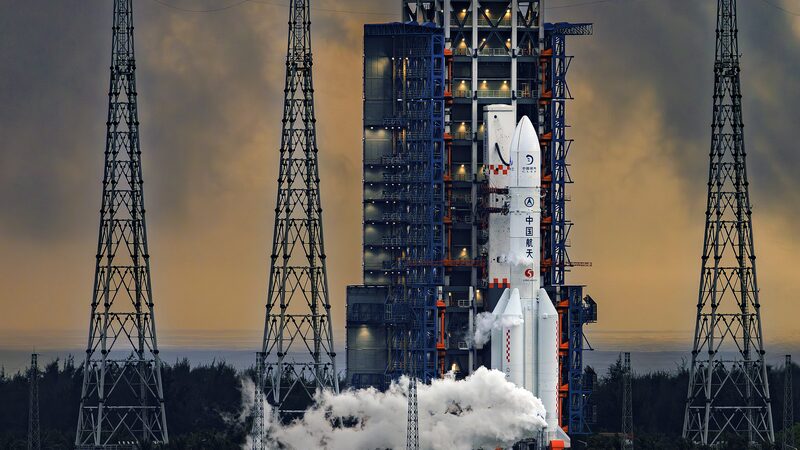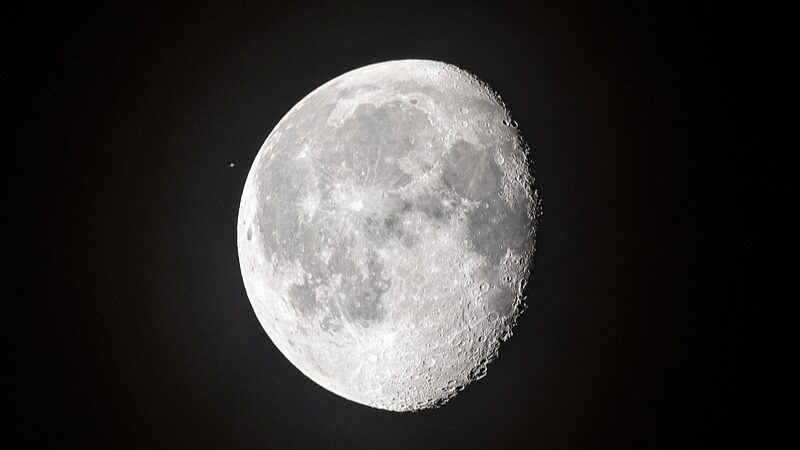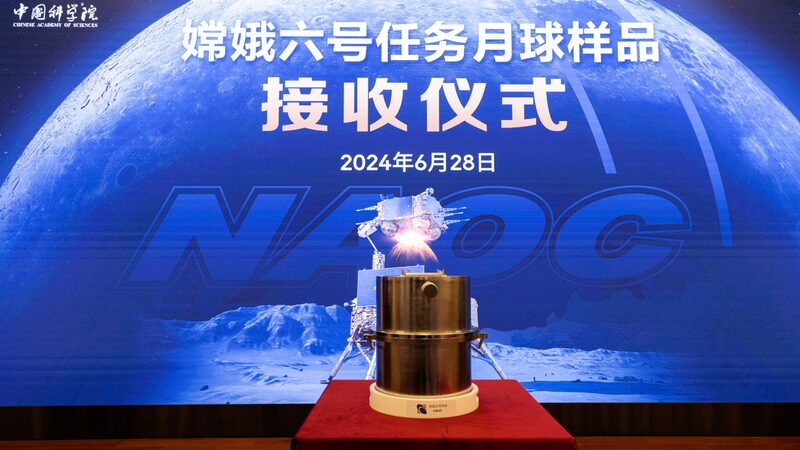China's ambitious Chang'e-7 lunar mission, scheduled for launch around 2026, will carry a groundbreaking seismograph to study moonquakes and analyze the moon's internal structure, scientists revealed. The mission marks a critical step in understanding Earth's celestial companion while advancing technologies for sustainable lunar exploration.
Probing the Moon's Hidden Depths
Wu Fuyuan, a leading researcher at the Chinese Academy of Sciences, emphasized the mission's scientific goals:
"With the seismograph, we aim to investigate whether there are structural differences between the moon's near and far sides."This builds on findings from China's Chang'e-5 and Chang'e-6 missions, which collected contrasting samples from both lunar hemispheres.
South Pole Water Ice Hunt
Chang'e-7 will target the moon's south pole – a region of intense international interest due to suspected water ice deposits. A first-of-its-kind "hopper" spacecraft will leap between sunlit areas and shadowed craters, using a water molecule analyzer to map ice distribution. The mission will also test autonomous navigation systems and shock-absorbing landing technology designed for rugged terrain.
Autonomous Lunar Exploration
Tan Yuhua, deputy chief designer of the mission, revealed that over 50% of operations will be performed independently by the probe. Solar panels are being optimized to harvest energy from the low-angle sunlight near the lunar pole, ensuring extended operational capabilities.
The mission follows China's recent analysis of 1,935.3 grams of far-side samples from Chang'e-6, collected from the ancient South Pole-Aitken Basin. These discoveries are reshaping understanding of lunar evolution and resource potential.
Reference(s):
China's Chang'e-7 to carry a seismograph, 2026 launch targeted
cgtn.com
